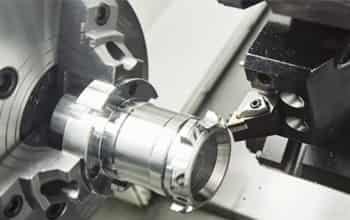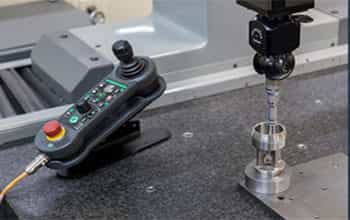The difference between Mold with and without runner plate
Aug 17, 2023
Typically, the decision to choose an injection mold depends on the type of product, its design, production volume, and budget. However, even after you have all this sorted, how do you know which mold is better: mold with runner plate(2 plate) or plate mold wthout runner plate(3 plate)? Don’t worry if you’re confused; this detailed guide will help you understand both molds’ usage, and differences. What Is A 2 Plate Mold? This is the most fundamental mold type, frequently used to produce inexpensive plastic goods. It has a cavity, a core, and two spits at the dividing line. It goes off into space in a single stage. The runner and gate must be positioned near the dividing line using a two-plate mold. Consequently, when using the runner, it is important to evacuate the part, and it is necessary to break it apart individually. However, you should not use two-plate molding, even if it is a simpler and less expensive alternative that can pr...

